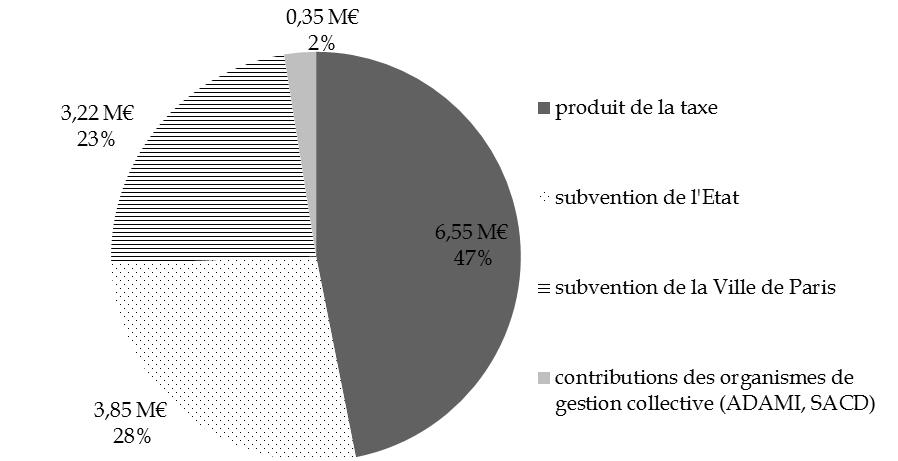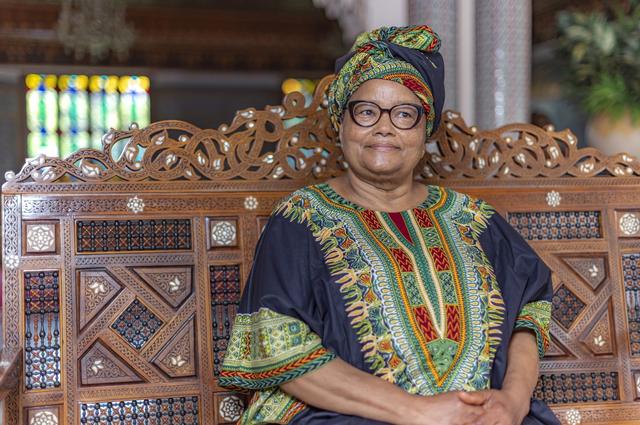How the Ministry of Culture became a subsidy "window" according to the Court of Auditors
The scattering of resources
While the ministry's budget should amount to more than 4 billion euros in 2021, the administration seems to have lost sight of the major missions "of guidance and incentive", notes the court of auditors. Also the magistrates attack the absence of reflection around the "rural and communal heritage", victims of this "dispersion" of resources. Sites often neglected in favor of "major operators", such as the Louvre, the Palace of Versailles, or the Paris Opera, which consume up to 45% of the credits granted to rue de Valois.
"The ministry's room for maneuver is increasingly reduced to the commitment of one-off projects", notes the note, such as the renovation of the Grand Palais scheduled for the period 2020-2024, in Paris, or the transformation of the castle of Villers -Cotterêts in "International city of the French language" carried by Emmanuel Macron with the Center of national monuments (CMN). But no large-scale project has been set up, despite the 470 million euros released as part of France Relance in 2022. Worse still, many projects have not been able to be launched for lack of authorizations to start the works. Once again, there is no lack of means in the regional administrations.

Less management, more regions
"The observation is severe but it is not new", comments the professor and economist, Françoise Benhamou. "The ministry has lost this function of conductor that it occupied in the time of Jack Lang," she notes. In question, the great mobility of the ministers and executives of the ministry, less well paid, on the whole, than their colleagues of the high-civil service. The salary of the ten best paid agents of the ministry there was 12,710 euros monthly in 2020, against 22,000 at the Ministry of Ecological Transition, notes a report by the DGAFP quoted by Public Actors.
The ways in which culture is consumed, too, have evolved over time. "Between the private operators, the regional directorates, and the Gafam, the ministry is no longer always able to launch the music", underlines the economist. "The digital shift requires the State to rethink its role in the exchanges between these different actors and to give itself a longer-term vision of what it wants to renew the public of museums, for example, or to shine in overseas," she said.
An opinion shared by the Court of Auditors which calls on the ministry to refocus on its "national" missions and to further decentralize its supervisory functions. A call to delegate more tasks to museums and regional offices, particularly in personnel management. About fifteen museums (Picasso, Cluny, Saint-Germain-en-Laye, etc.) are still under the ministry, including employees, out of a total of 9,400 civil servants, the magistrates recall. Contacted, the Ministry of Culture did not wish to react to these criticisms.







